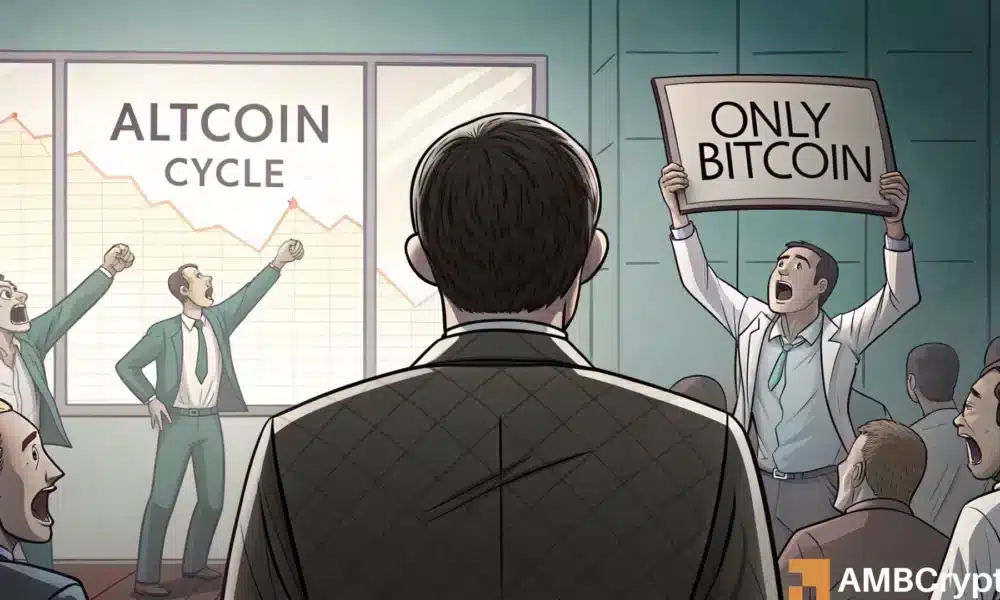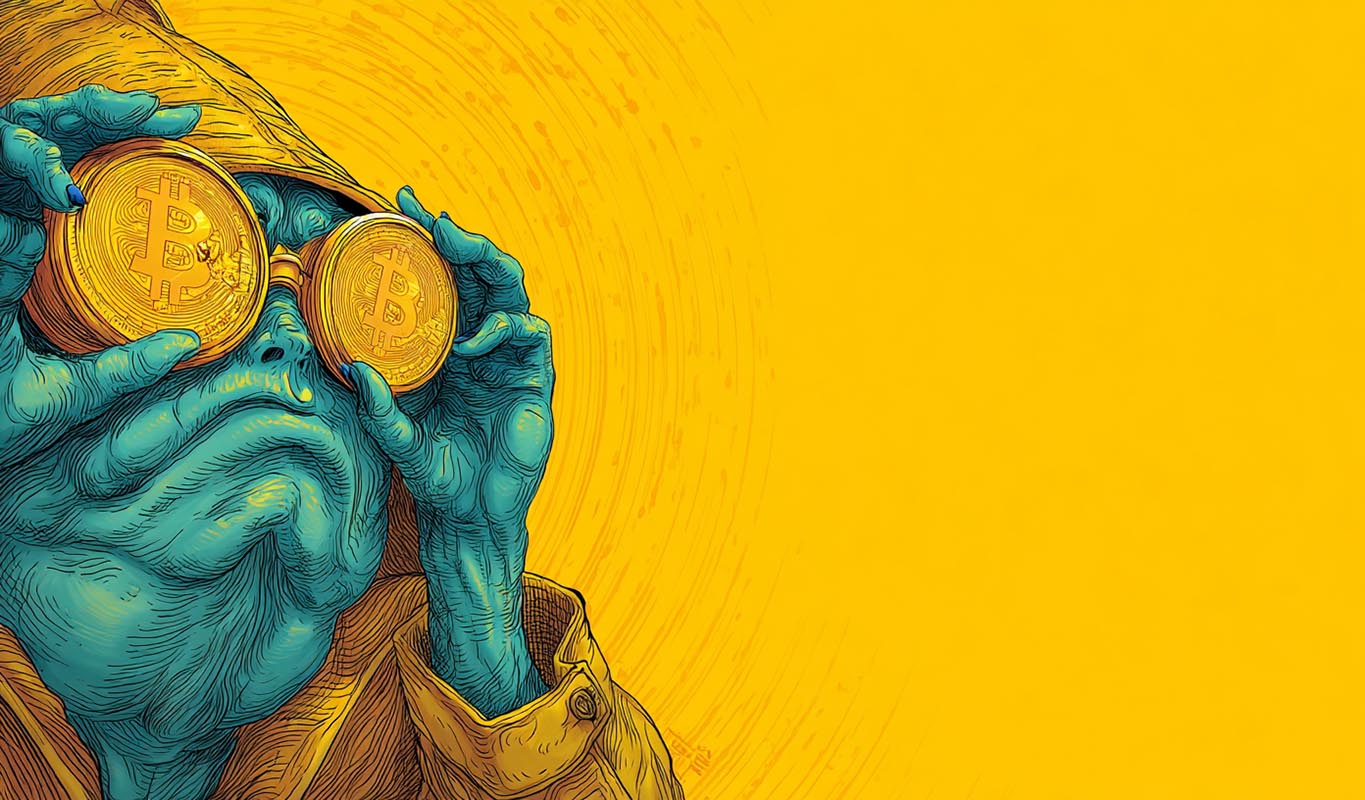An old stock market motto is shrouding the rebound of US stocks: "Sell in May, leave and watch" (Sell in May and go away).
As one of the most famous market laws,The "May Sell" effect has decades of historical data support: According to the analysis of Bespoke Investment Group, if a fund tracking the S&P 500 index was established in 1993, the cumulative return rate was only 171% for investment from May to October each year; while the return rate was as high as 731% for investment from November to April of the following year. The most recent implementation of this rule was between November 2023 and October 2024.
Although investors' confidence in many once reliable indicators has been shaken by the unpredictability of Trump's reciprocal tariff policies, seasonal factors remain one of their important references to judge the stock market trends in the coming weeks. Just from this proverb,Current S&PThe 500 index rebounded 12% from its low this month is not worth chasing highs. The index is still down 5.5% this year.
“This year the balance is clearly inclined to the ‘May Sell’ camp,” said Tyler Richey, co-editor of Sevens Report Research.Risk balances show that the S&P 500 is likely to fall sharply again next month.”
Longer-term data further highlights this rule: According to the analysis of the Stock Trader Yearbook, the cumulative return rate of investment in the S&P 500 from May to October has been only 35%, while in the other half of the year, it has achieved an astonishing 11,657% return.
This week, the U.S. stock market rebound will face the test of financial reports and economic data, and the finale is the U.S. employment report released on Friday. Some indicators have flashed buy signals, including a plunge in investor sentiment earlier this month and a S&P 500 closing above 5,500 points — a 50% pullback in the index’s peak to trough-bottom decline, which chart analysts believe is indicating investors are buying again on dips.
Seasonal factors paint a more cautious picture. Bespoke data shows that in the years when the performance was weak at the beginning of the year, the S&P 500's relative weakness in May-October was more obvious. If negative returns were recorded from January to April of a certain year, the funds tracking the S&P 500 (SPDR S&P 500 ETF Trust) fell by an average of 0.4% in May to October. The fund fell 5.4% year-on-year through Tuesday.
Ritchie specifically pointed out that seasonal patterns are particularly worthy of attention when market volatility continues to rise before May. Although the Cboe volatility index has fallen from its multi-year high this month, it still hovers around 25, higher than its long-term average of 20.
New fluctuations may originate from mid-yearTrump's suspension of tariffs on nearly all U.S. trading partners will expire in July.This situation may not only strengthen the historical record of the "May Sell" rule, but also once again prove that the twists and turns of global trade conflicts are the key driving force of market trends.
“We are already in a tariff-dominated era,” said Jay Woods, chief global strategist at Freedom Capital Markets. “Tariff discussions in Washington can more influence the market’s fate than any seasonal rule.”
However, most market observers believe that for ordinary investors, long-term holding strategies are still better than timing trading. Bespoke analysis shows that if you simply hold the SPDR S&P 500 ETF trust from 1993, you will get a 2100% return.















No comments yet